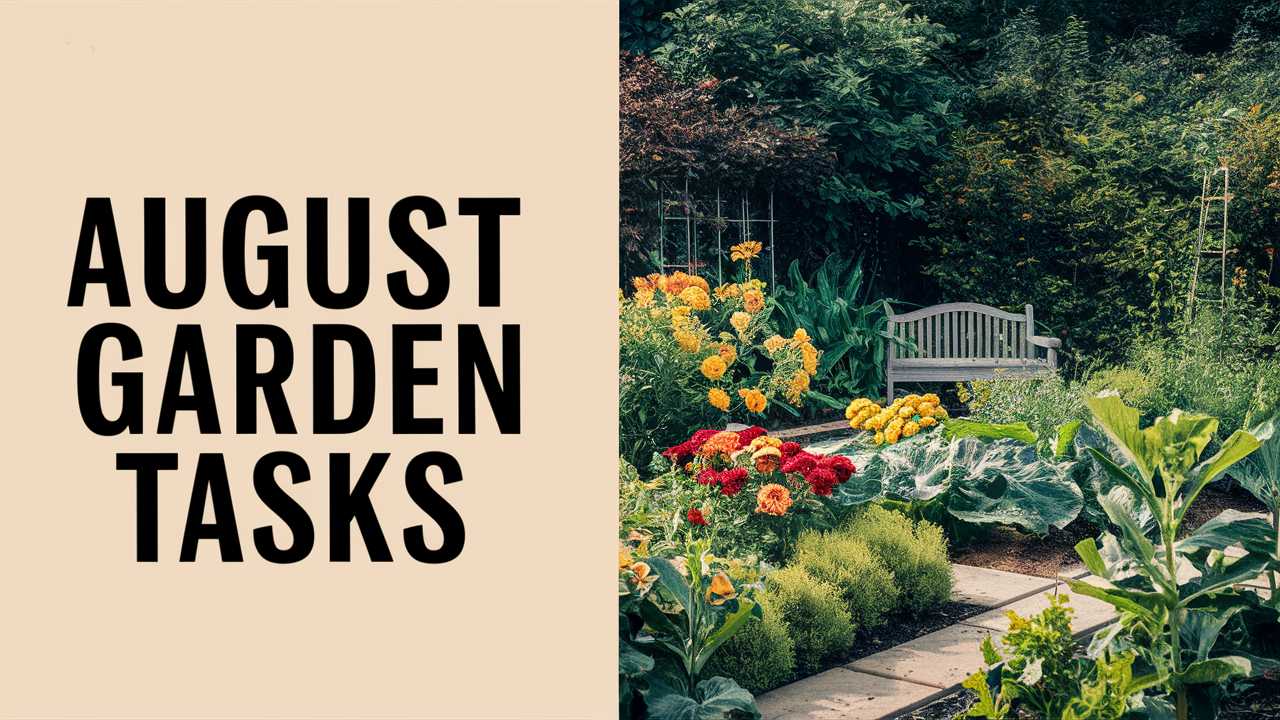August can often be a paradox in the gardening world. While it’s summer and the garden is in full bloom, it’s also a time to prepare for the transition into fall. This month is critical for ensuring that your garden is healthy and productive both now and in the coming months.
In this post, we will explore essential gardening tasks for August, offering a blend of practical advice and inspiration so that your garden continues to thrive.
Assessing Your Garden’s Health
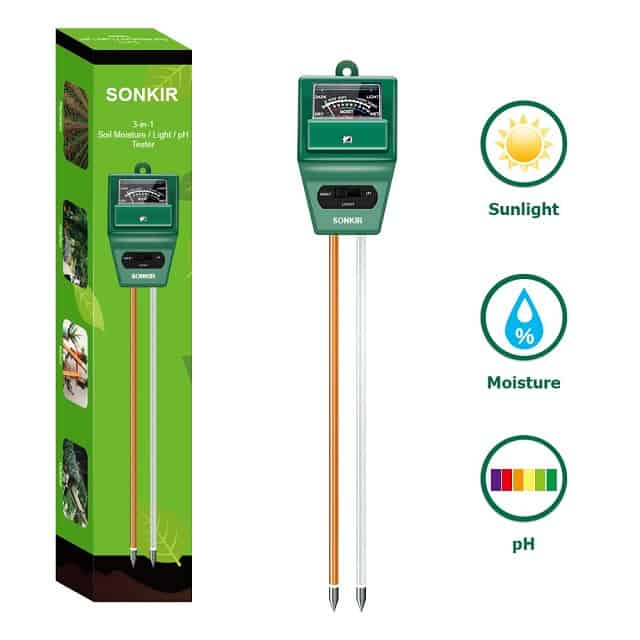
As the summer starts to wind down, August provides an excellent opportunity to assess the overall health of your garden. Take time to walk through the different sections of your garden to note what is thriving and what may need additional attention.
Inspect Plants: Look for signs of pests, diseases, or nutrient deficiencies. Pay extra attention to the undersides of leaves where pests like aphids can hide. Yellowing leaves could indicate a need for more nutrients.
Soil Check: Consider testing your soil’s pH and nutrient levels. This information will guide you in making any necessary amendments as you prepare for fall planting.
Weed Control: Weeds can compete for nutrients and water, so take some time to hand-pull or use an organic herbicide to keep them at bay.
Evaluating your garden in early August can help you make informed decisions about what to plant or how to amend your soil before the cool weather arrives.
Watering Wisely
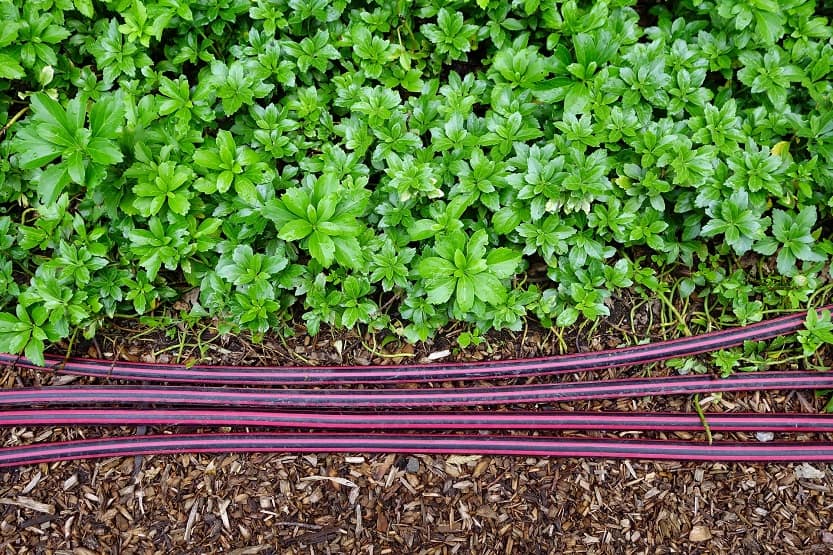
August is often one of the hottest months, depending on your location, and the right watering techniques can mean the difference between a thriving garden and a wilted disaster.
Deep Watering: Instead of giving your plants frequent shallow watering, aim for a deep watering schedule. This encourages roots to grow deeper into the soil, where they can access moisture more effectively. Target the base of your plants to ensure water penetrates the root zone.
Mulching: A layer of organic mulch can significantly reduce water evaporation from the soil. Mulch not only helps retain moisture but can also suppress weed growth, providing additional benefits during this hot month.
Morning Watering: Try to water early in the morning when temperatures are cooler. This practice reduces evaporation and allows plants to absorb moisture before the heat of the day sets in.
Harvesting the Summer Bounty
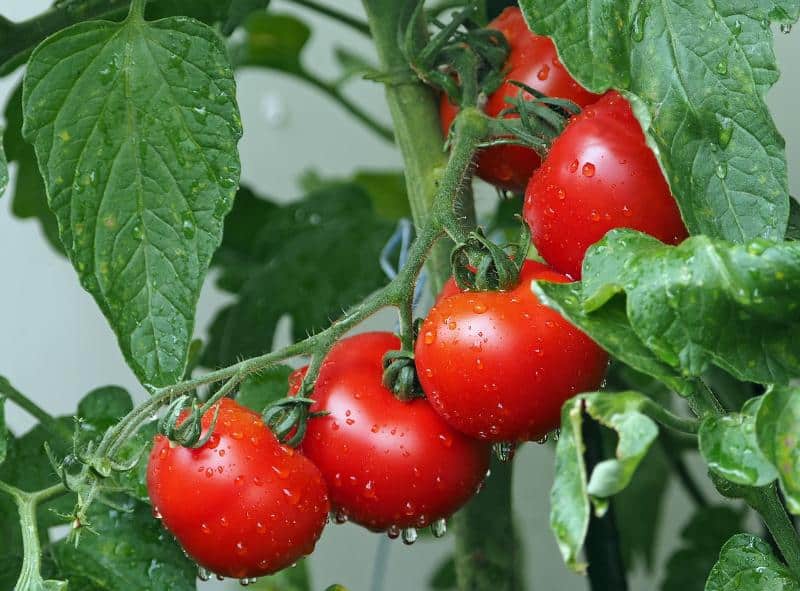
August is the prime time for harvesting a variety of summer fruits and vegetables. Take advantage of the bounty your garden provides.
Monitor Ripeness: Frequently check your vegetables – zucchini can grow rapidly, and tomatoes can go from ripe to overripe in a day. Encouraging your family to join in the harvest can make it a fun summertime activity.
Fruits to Pick: Keep an eye on berries, apples, and peaches. Don’t hesitate to pick them at their peak ripeness for the best flavor. If you’re unsure of how to tell ripeness, consult local gardening resources or ask fellow gardeners in your area.
Preserve Your Harvest: Consider canning or freezing your surplus produce to enjoy throughout the winter months. Making jams, pickles, or simple frozen vegetable mixes can extend the joy of your garden beyond the summer heat.
Planting for Fall
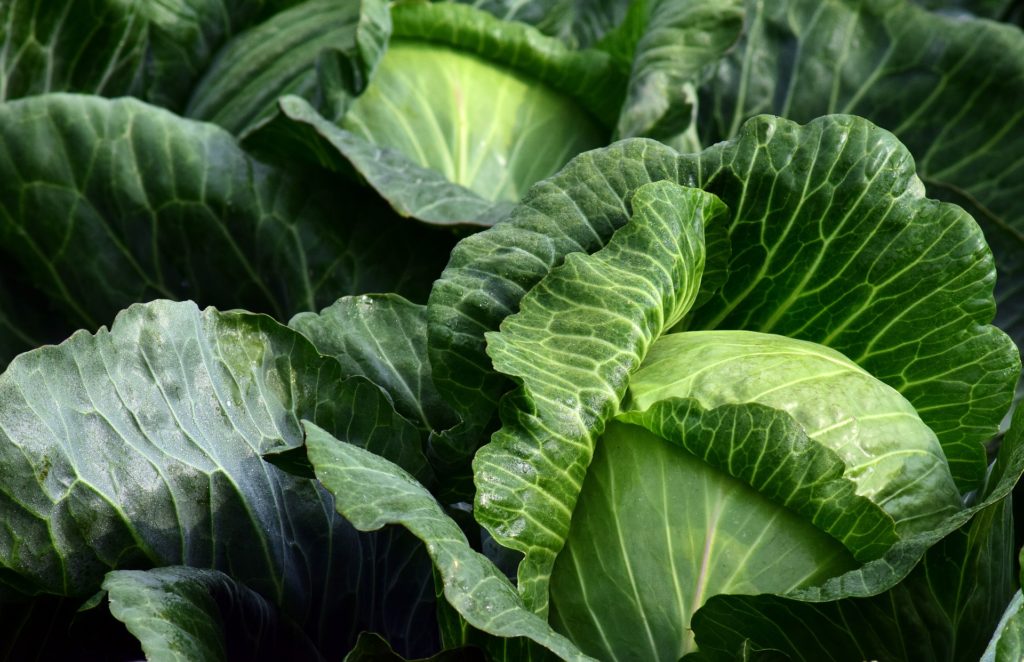
Although August might feel like summer, it’s also a critical time to think about your fall garden. Your actions now will set the stage for a robust autumn harvest.
Cool-Season Crops: Consider sowing seeds for cool-season crops such as kale, spinach, or radishes. These crops thrive in the cooler temperatures of fall and can often be planted directly into the garden soil in August.
Transplants: If you start your fall seedlings indoors, August is the right time to harden them off and prepare for transplanting outdoors. Acclimatizing your seedlings to outdoor conditions for a week or two will ensure their success.
Perennials and Bulbs: Late August is the perfect time to plant spring-flowering bulbs such as daffodils and tulips. While it may seem early, planting them now allows for strong root systems to establish before winter sets in.
Pruning and Deadheading

Summer blooms may start to fade as we move into August, making this an opportune time for pruning and deadheading.
Deadheading Flowers: Regularly removing spent blossoms encourages plants to produce more flowers by redirecting energy back to growth rather than seed production. Focus on roses, daylilies, and other flowering plants for this task.
Prune Perennials: Cut back perennials that have finished flowering to promote new growth and tidiness. However, avoid cutting back foliage that could still provide energy to roots for the coming fall.
Shrub and Tree Maintenance: Mid-August is also a suitable time to prune summer-flowering shrubs. This helps maintain their shape and encourages a bushier growth for the following year.
Pest Management
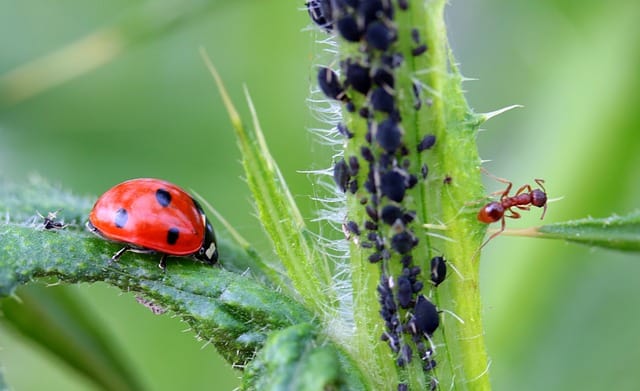
Keeping pests in check is an ongoing task throughout the growing season, and August is no exception.
Natural Predators: Encourage beneficial insects like ladybugs and lacewings, which can help control aphid populations. Planting flowers such as marigolds can help attract these helpful creatures to your garden.
Preventative Measures: Use organic solutions for countertop pests, such as neem oil or insecticidal soaps. Applying these treatments either in the early morning or late evening can further minimize the chance of harming beneficial insects.
Quarantine New Plants: If you’re bringing new plants into your garden, quarantine them for at least a couple of weeks to prevent possibly introducing pests or diseases to your established plants.
Preparing for Winter
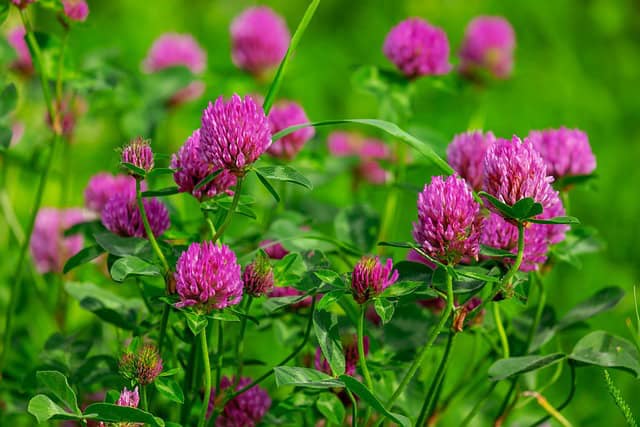
While it may seem premature to think about winter, this August can be the perfect time to prepare your garden for the colder months ahead.
Cover Crops: If you have bare soil or areas that could benefit from improvement, consider planting cover crops. Crops like clover or vetch can improve soil health, prevent erosion, and add nutrients back into the soil.
Clean Up: Begin to clean up debris, spent plants, and any diseased foliage to prevent overwintering pests or diseases. Compost what is healthy and take any diseased debris to the waste management.
Plan for Protection: Some perennial plants may need winter protection. Consider the materials you’ll need, such as straw or burlap, for insulating tender plants against harsh winter weather.
Planning Next Year’s Garden
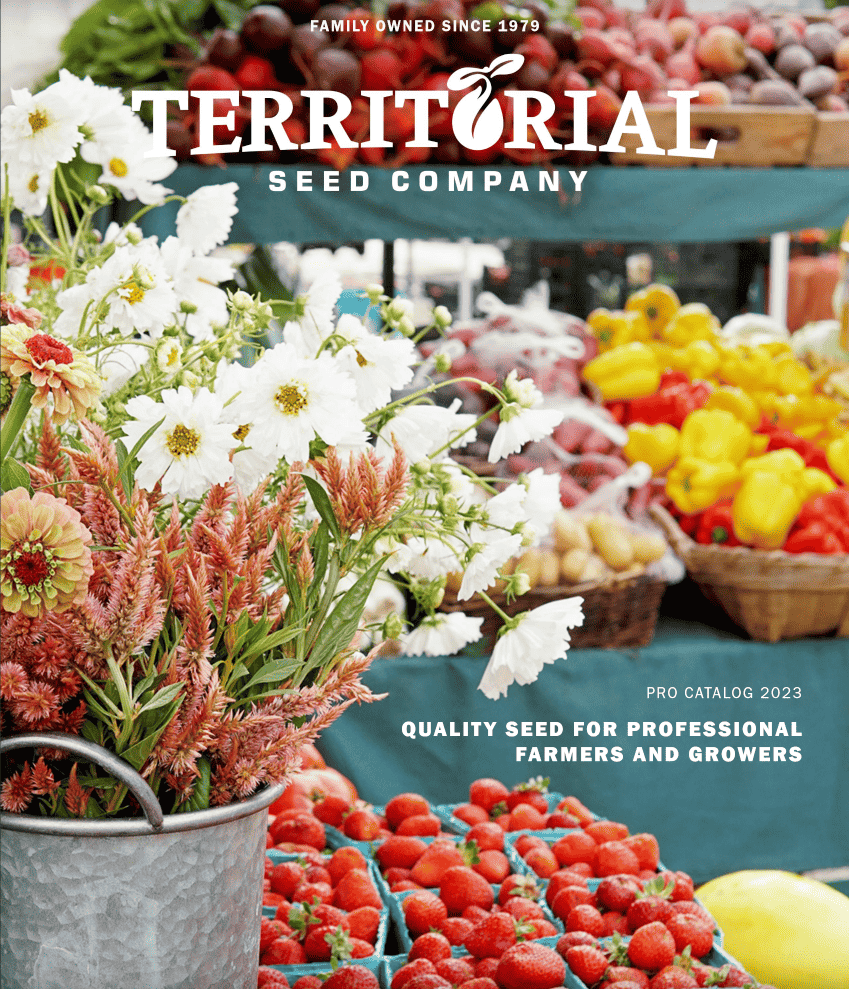
August isn’t merely about maintaining the current garden; it’s also a great time to start planning for the next growing season.
Document Successes and Failures: Take notes on what worked and what didn’t this year. Were there particular varieties that thrived? Did something fail to germinate? Keeping a gardening journal can help improve your gardening skills over time.
Design Changes: As you reflect on the current year, consider any changes or new designs you’d like to implement for next year. Perhaps a new layout, introducing vertical gardening, or incorporating more native plants could enhance your space.
Seed Catalogs: Begin exploring seed catalogs and local nurseries for what you might like to grow next year. Planning ahead can provide excitement for the upcoming season and ensure that you’re ready when it comes time to sow seeds.
Community Engagement
In August, many gardening enthusiasts feel a sense of community. Engage with fellow gardeners to share experiences and gain knowledge.
Gardening Groups: Attend local gardening workshops or join online forums to connect with other like-minded individuals. Many cities host community gardening events in August, making it a great month to get involved.
Sharing Produce: Consider hosting a potluck or exchanging surplus produce with neighbors. It’s a wonderful way to foster community spirit while sharing the results of your hard work.
Gardening Education: If you’re feeling generous, consider volunteering your time to teach children or newbies about gardening practices. Sharing knowledge can be a rewarding experience and might inspire new gardeners.
Conclusion: Embrace Your August Garden
August may signal the tail end of summer, but it’s an essential month for any gardener. By taking proactive steps in your garden, you can lay the groundwork for a vibrant fall and prepare your plot for winter rest. Whether you’re harvesting the last of your summer crops, planting seeds for fall, or planning for the next season, embrace this time of year as an opportunity for growth and reflection.


